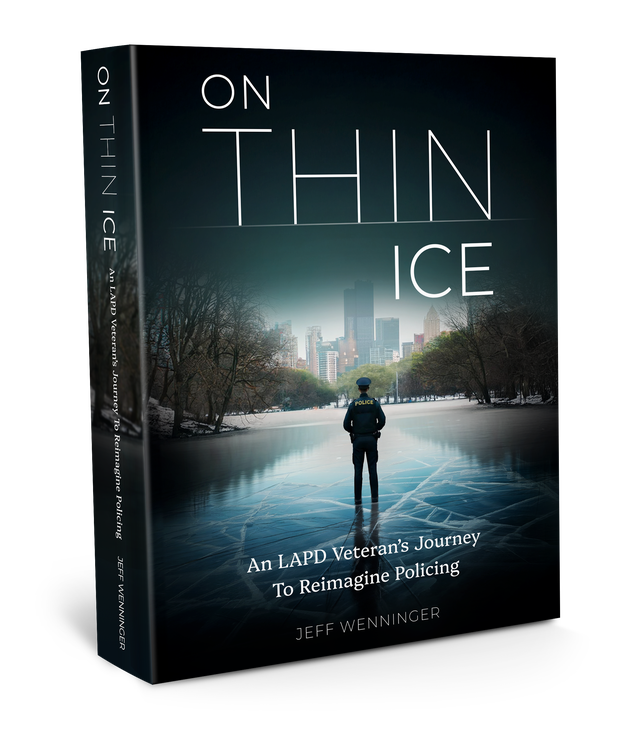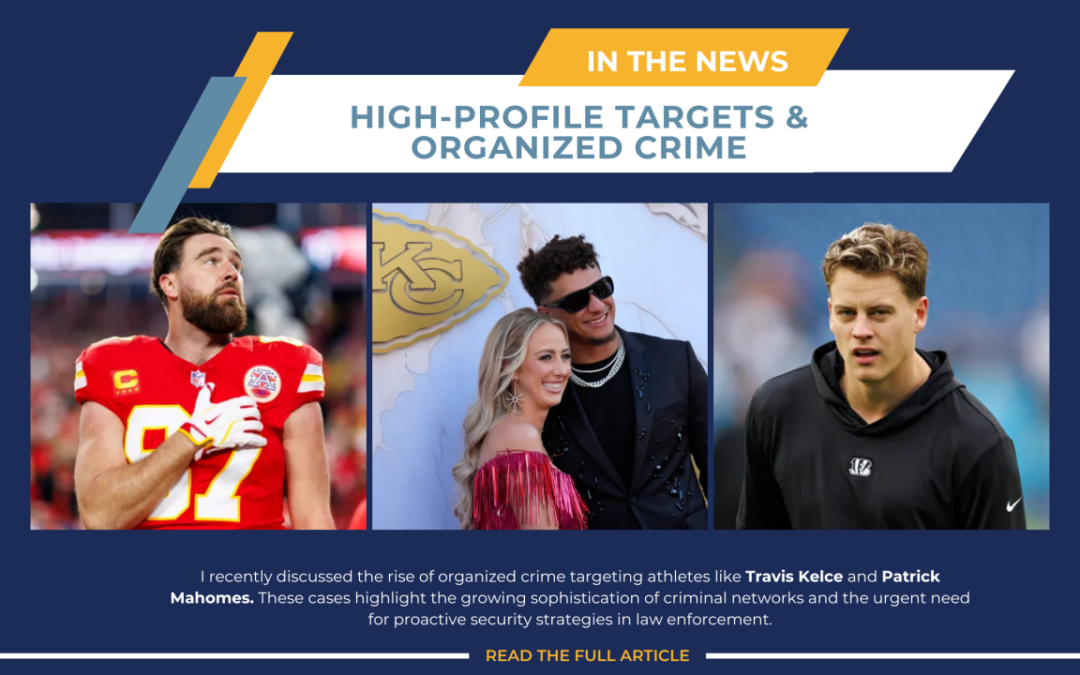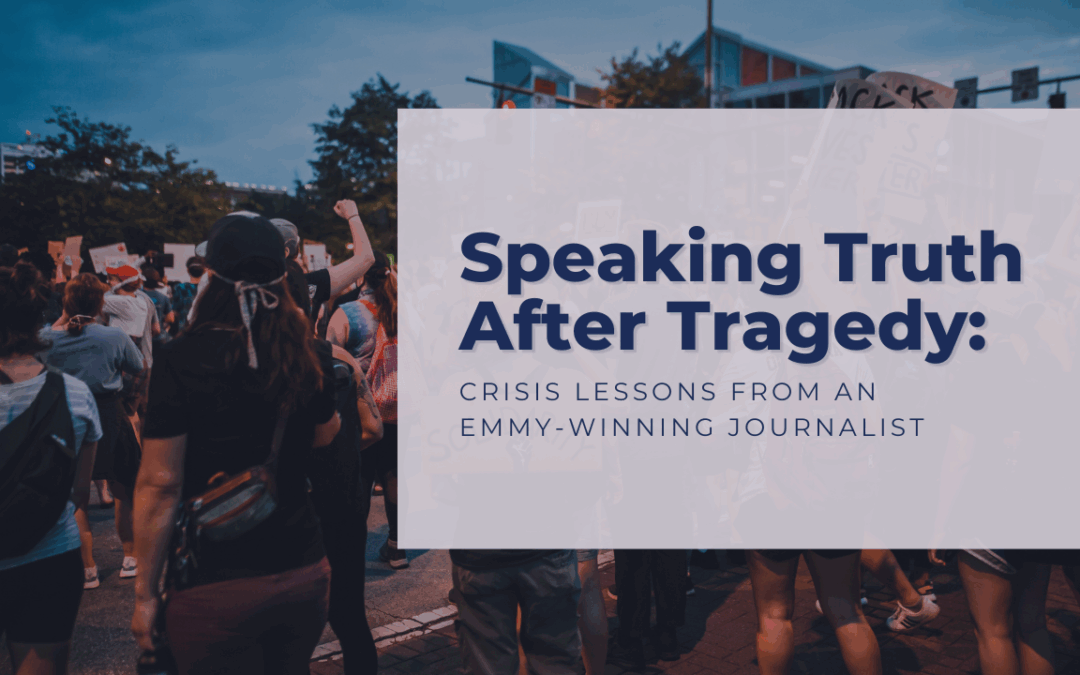High-speed pursuits have always walked the thin blue line between duty and danger. Lately, we’ve been seeing a lot more of the danger…

In the span of just a few days this March, two attention-getting news stories hit the headlines and caught my attention—one in Cleveland, one in the Bay Area. In both cases, police pursuits ended in tragedy. A 45-year-old man fleeing deputies in Cleveland died after slamming into another vehicle; the woman in the other car was seriously injured when her vehicle flew over a bridge and caught fire. In Oakland, a young child was hospitalized after a suspected drunk driver fled police and crashed, even after the officers had already terminated the pursuit. And in Pittsburg, California, a 23-year-old woman, soon to be married, was killed when a suspect in a stolen vehicle plowed into her SUV at 100 mph.
As someone who spent over three decades in law enforcement—both behind the wheel and behind the scenes—I’ve seen this dilemma play out more times than I can count. And I still carry the memory of one day in particular, early in my career, when I was actively involved in a pursuit that went horribly wrong. The fleeing suspect struck another vehicle, and two young children were ejected from it, lying dead in the street. An entire family was devastated—innocent lives, gone in seconds. It was a moment that shaped my thinking for the rest of my career.
That experience taught me this: The adrenaline of a pursuit is real. But so is the responsibility.
In law enforcement, we train for high-stakes scenarios. We train to chase suspects. But what we don’t train enough is when to stop the chase—or avoid one altogether.
One of my early mentors in the LAPD—someone I looked up to for his ability to translate the culture of the streets into language I could understand—used to say during every Code 3 response, “I’m not dying in this car.” That wasn’t fear talking—it was wisdom. Even when lights and sirens are justified, speed isn’t. He stopped at every intersection, no matter what. Because if we crash before we get there, we’re no help to the people who need us.
What the Data Tells Us
Unfortunately, these stories aren’t isolated incidents. They’re part of a disturbing trend:
In 2022, 577 people were killed in pursuit-related crashes, according to the National Highway Traffic Safety Administration.
Traffic-related incidents—not gunfire—are now the leading cause of line-of-duty deaths for police officers, per the National Law Enforcement Officers Memorial Fund.
A San Francisco Chronicle investigation found that from 2017 to 2022, at least 3,336 people were killed in police pursuits—more than half were not the drivers fleeing from police, but rather passengers in the suspect’s vehicle or innocent bystanders unrelated to the pursuit. Among those killed, only 1 in 15 were fleeing suspects wanted for violent crimes.
We have to ask ourselves hard questions:
- What are we actually solving when a traffic stop turns deadly?
- At what point does the risk to public safety from the pursuit itself outweigh the risk posed by letting the suspect go, at least for now?
- And most importantly, how do we reprioritize public safety as a whole, rather than defaulting to apprehension at any cost?
Policy in Flux
Around the country, some states are loosening restrictions on pursuits, arguing it gives law enforcement the tools they need to catch criminals and deter crime. Florida, D.C., San Francisco, and Washington State have all rolled back pursuit limitations. Yet experts remain skeptical that more chases lead to less crime. In fact, cities like Milwaukee saw a fifteenfold increase in chases after loosening rules, without a clear public safety benefit.
The truth is, when we prioritize the chase over the outcome, we create new victims—often the very people we’re sworn to protect.
What We Should Be Asking
This isn’t just about tactics. It’s about trust. The public doesn’t care whether the officer followed department policy to the letter when an innocent person is killed. They care about whether the situation was preventable.
We need to stop asking, “Did the officer do what they were allowed to do?” and start asking:
- Was this necessary?
- Was it preventable?
- What will we do differently next time?
A Smarter Way Forward
In my upcoming book, On Thin Ice, I explore this very issue. I suggest that modern policing isn’t about merely following the words found in the manual—it’s about adapting in real time to complex risks. It’s about leading, not reacting.
We need smart pursuit policies that weigh the full cost of action and inaction. We need leadership willing to say, “Not today,” when the risks outweigh the benefits. And we need more voices within the profession willing to say: protocol is not enough. Not anymore.
It’s time for a cultural shift in policing. One where adrenaline takes a backseat to judgment. One where command staff doesn’t wait for tragedy before implementing change.
We can protect the public. We can protect our officers. But only if we’re brave enough to change the chase.
Explore more on this issue within Jeff’s book.




